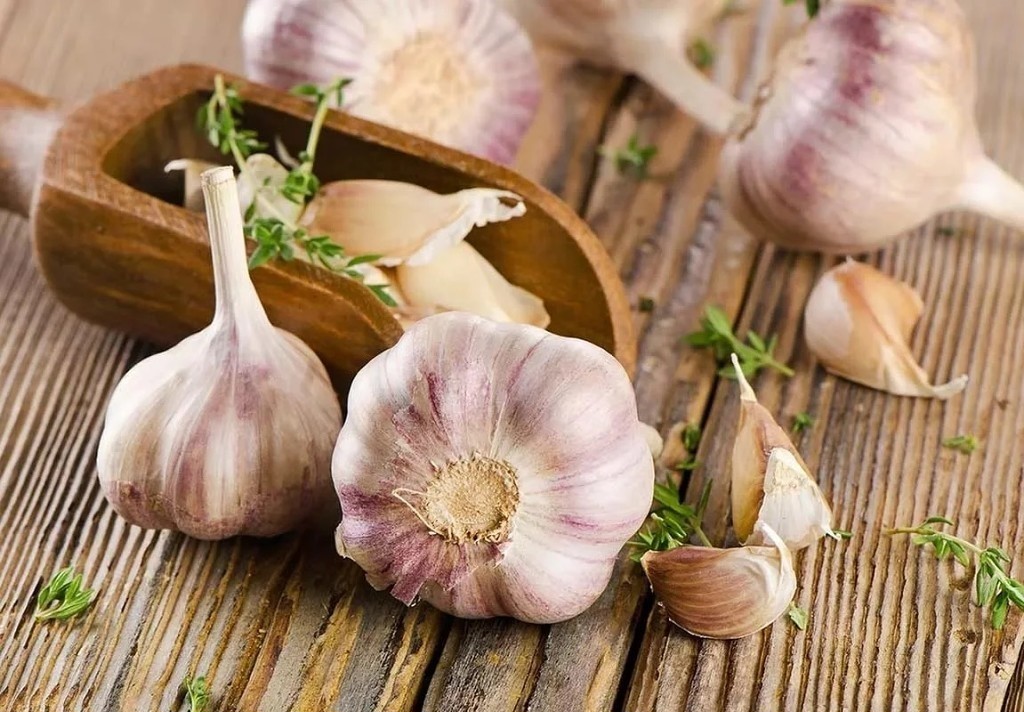China’s garlic production and exports expected to remain stable in 2025

Despite cold waves and heavy snowfall in some regions of China at the beginning of 2025, the country’s garlic production and export levels are expected to remain stable.
On March 3, the Central Meteorological Observatory issued multiple yellow alerts for cold waves and snowstorms, covering major garlic-producing areas such as Shandong Province. The Shandong Meteorological Bureau also released yellow alerts for road icing and blue alerts for cold waves.
However, with the new garlic harvest set to begin in early June, industry insiders remain optimistic about this year’s yield and quality.
According to Yao Changfeng, General Manager of Onedayone Group China, despite significant climate fluctuations in the spring, garlic, as a cold-resistant crop, has not been significantly affected. He noted that the early snowfall protected garlic seedlings and improved soil moisture, creating favorable conditions for a strong harvest this year.
“As long as there are no unexpected weather disasters, we are confident in the production and quality of garlic in 2025,” Yao added.
The latest data shows that China’s garlic planting area reached approximately 790,000 hectares in 2024, with a slight increase in 2025. Although early-season stocks were lower than last year, the new garlic yield is expected to surpass previous years.
At the same time, with the benefits of the Regional Comprehensive Economic Partnership (RCEP) coming into effect, China’s garlic exports to member countries are likely to grow further. In 2024, China’s garlic exports reached 2.62 million tons, a year-on-year increase of 15.96%, marking an eight-year high.
The main export markets include Indonesia, Vietnam, Malaysia, and the United States.
According to data from China’s Ministry of Agriculture and Rural Affairs, the wholesale price of garlic in domestic markets fluctuated between 11-12 RMB per kilogram from October 2024 to March 2025. With the arrival of new garlic, prices are expected to decline.
Yao Changfeng emphasized that close cooperation with local farmers, meticulous soil management, and pest control are key to maintaining stable garlic yields and quality.
“We maintain year-round communication with farmers and closely monitor humidity, temperature fluctuations, and pest activity. This sustainable approach allows us to manage pre-harvest conditions better, ensuring consistency in yield and quality,” Yao said. “Our primary focus is garlic quality, which is the core of our market competitiveness. China’s garlic production and export levels will continue to stabilize, and we aim to meet market demand further while maintaining high quality.”
Write to us
Our manager will contact you soon



